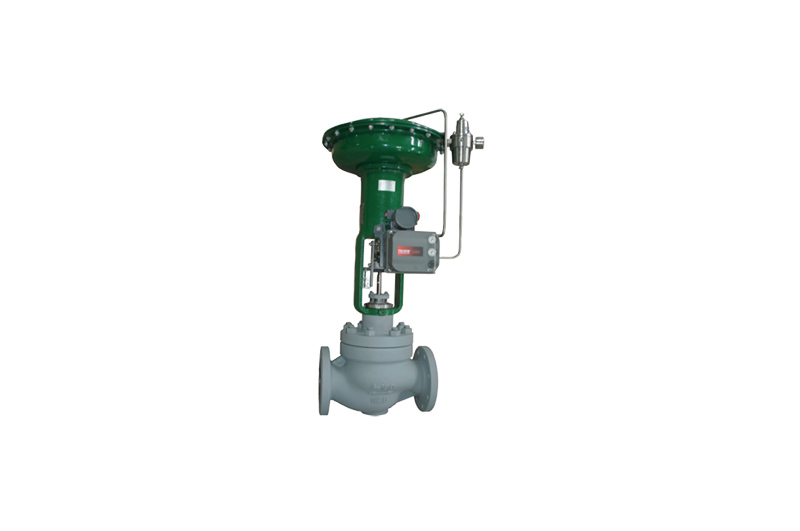Control Valve's selection coup:
1. When looking for a valve that matches the application, first consider the four basic types of throttle control valves, namely cage ball valves, rotary float valves, eccentric valves and butterfly valves.
2. The cage type of the cage ball valve is very wide in variety, so it can meet the needs of most applications, making it the first choice among various valves. There are many types of cage ball valve adjustments, including balance adjustment tabs, unbalanced adjustment tabs, elastic seat tabs, constrained tabs, and full-size tabs. In many cases, the various tab configurations of a valve body are interchangeable.
3. Cage ball valves also have several disadvantages. First, the size of the valve is limited; the second is that the capacity is relatively low compared with the line of sight valves of the same specification; the third is the high price, especially the large-caliber cage ball valve. However, cage ball valves have excellent performance in reducing process variability and are often sufficient to compensate for these deficiencies.
4. The flow rate of the rotating float valve is larger than that of the cage ball of the same diameter. Although the control range of the rotary float valve is greater than that of the cage ball valve, it is still superior to most other types of valves. The allowable pressure drop and allowable temperature range of the rotary float valve are smaller than the cage ball valve. Usually their upper pressure drop is 7.0x105kg/m2, which is suitable for use at temperatures below 398 °C. Float valves are not suitable for liquids that are prone to cavitation, and often use large amounts of noise when used in gases with high pressure drops.
5. The eccentric valve has less friction than the float valve and the price is lower. The unique structural design makes it more precise to control process variability. This is evident from Fisher's new BV500. In addition, the advantages and disadvantages of the eccentric valve are not much different from those of the float valve.
6. The butterfly valve is a low-end valve as measured by the performance of the valve. The butterfly valve has a large flow rate, the cheapest price, and a variety of different calibers. However, the characteristic curve of the butterfly valve has only one proportional characteristic curve, which greatly limits the performance of the butterfly valve to reduce the process variability. For this reason, butterfly valves can only be used in applications where the load is fixed. Although butterfly valves are available in a variety of different sizes and can be fabricated from most cast alloys, butterfly valves do not meet ANSI requirements for face-to-face dimensions, nor do they apply to fluids that are prone to cavitation or where noise is high. .
Our High Differential Pressure Control Valve can provide you with the best quality. If you are interested in our Control Valve, you can contact us.
